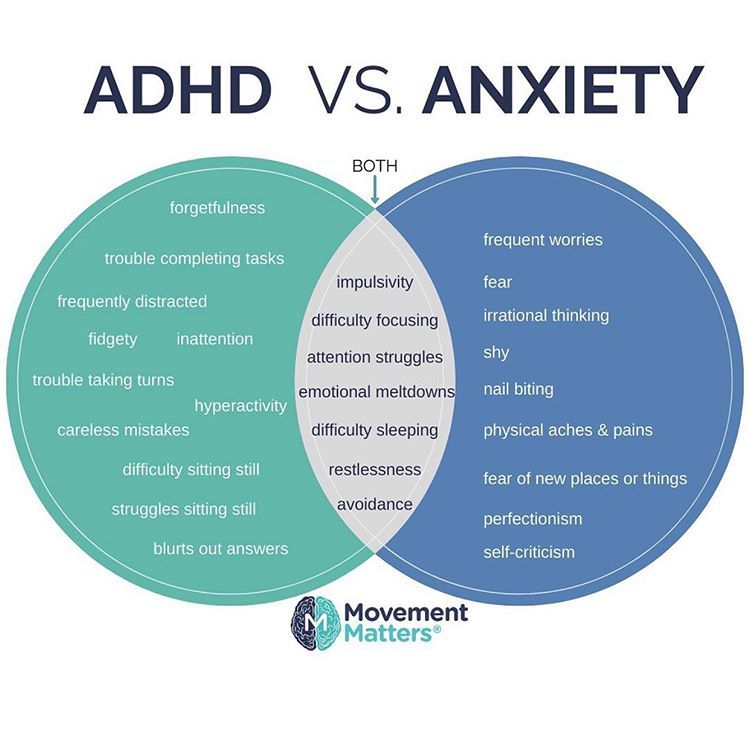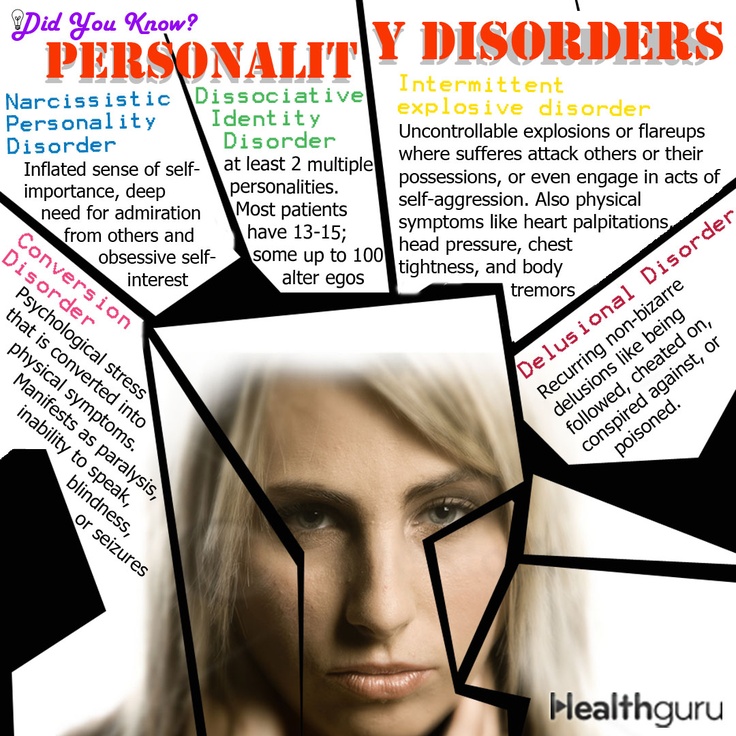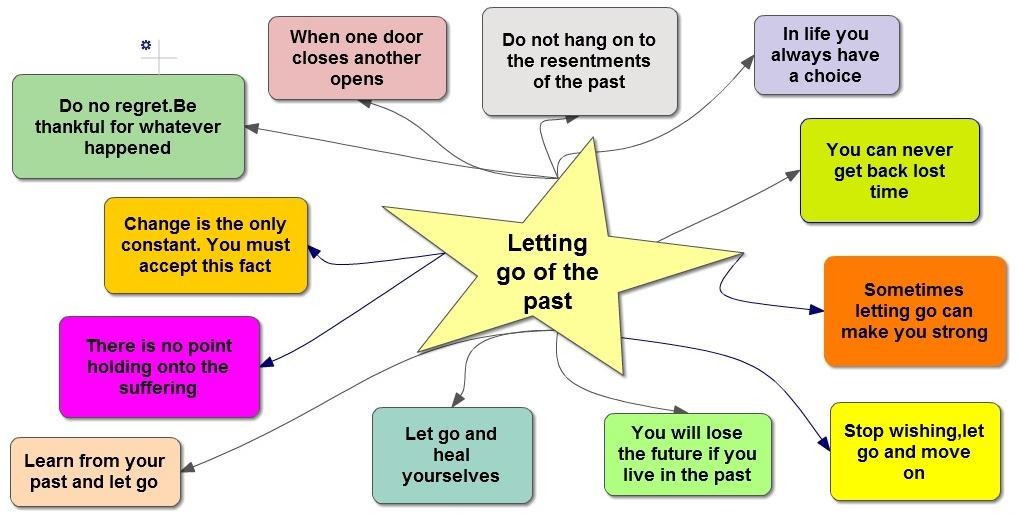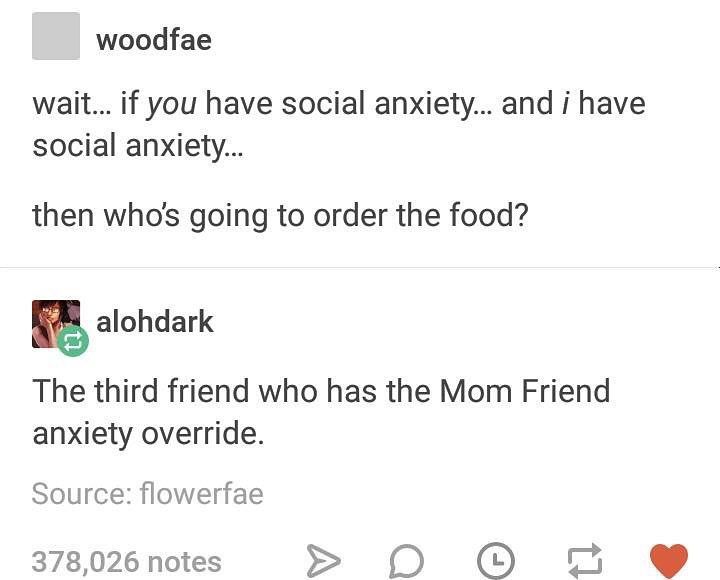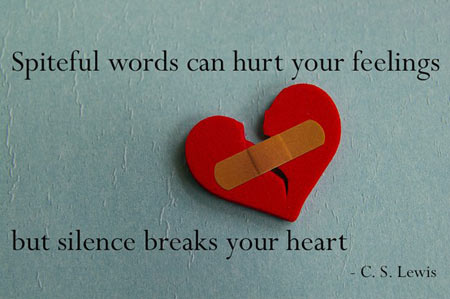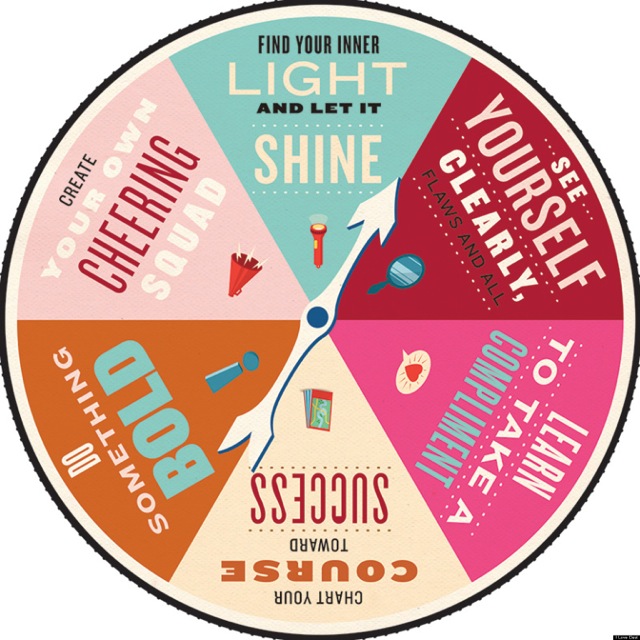Adhd coping strategies
Midlife ADHD? Coping strategies that can help
Trouble staying focused and paying attention are two familiar symptoms of attention deficit hyperactivity disorder (ADHD), a common health issue among children and teens. When ADHD persists through early adulthood and on into middle age, it presents many of the same challenges it does in childhood: it’s hard to stay organized, start projects, stay on task, and meet deadlines. But now life is busier, and expectations from work and family often are even higher. Fortunately, there are lots of strategies that can help you navigate this time in your life.
Staying organized
Organizational tools are a must for people with adult ADHD. They’ll help you prioritize and track activities for each day or the coming weeks.
Tools can include a pen and paper to make lists, or computer or smartphone apps to set appointment reminders, highlight important days on the calendar, mark deadlines, and keep lists and other information handy.
Set aside time each day to update your lists and schedules. Don’t let the task become a chore in itself; think of it like a routine task such as brushing your teeth, and do it daily so it becomes an established habit.
And a word of caution: smartphones and computers can also turn into a distraction. If you have adult ADHD, you may find yourself spending hours looking at less useful apps or sites. If that’s a frequent trap for you, set a timer for each use or keep the phone off or in another room when you are trying to work.
Staying focused
Just being organized doesn’t mean your work will get done. But a few simple approaches can at least make it easier to do the work.
- Declutter your home and office. Give yourself an appealing work environment and keep important items easily accessible.
- Reduce distractions. This could mean changing your workstation so it doesn’t face a window, moving to a quieter space, or just silencing your smartphone and email alerts.
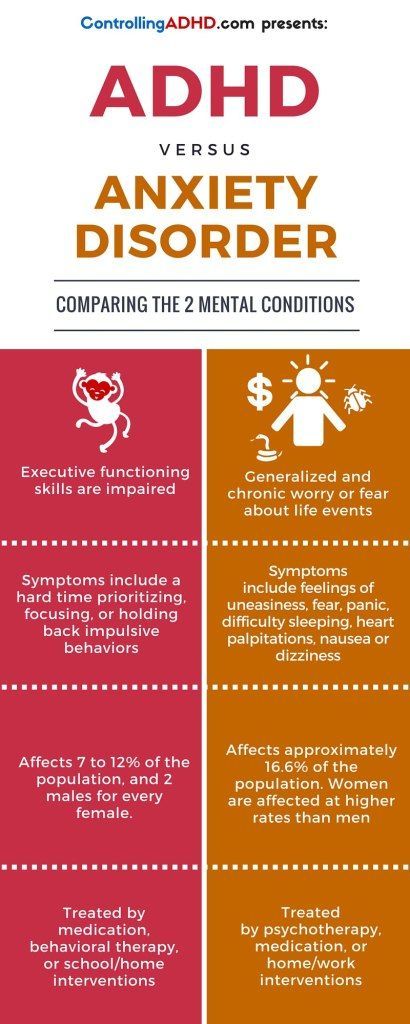
- Jot down ideas as they come to you. You may have an “aha” moment for one task while you’re in the middle of another. That’s okay; just write down that thought and get back to it later, after your more pressing work is finished.
Meeting deadlines
Deadlines pose two big challenges when you have adult ADHD. First, it’s hard to start a project, often because you want it to be perfect, or you’re intimidated by it so you put it off. Second, when you do start a project, it’s very easy to become distracted and leave the task unfinished.
How can you avoid these traps?
- Put off procrastinating. Put procrastination on your to-do list — like a chore — and fool yourself into actually starting your work.
- Deal with emails, phone calls, or other matters as soon as you can. That way there will be fewer things hanging over your head and overwhelming you later on.
- Be a clock watcher. Get a watch and get in the habit of using it. The more aware you are of time, the more likely you’ll be able to avoid spending too long on a task.
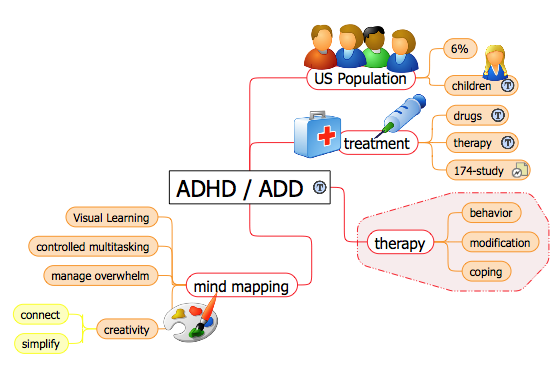
- Take one thing at a time. Multitasking is overrated for everyone — and it’s a nightmare for people with adult ADHD. Focus on completing one task, then move on to the next.
- Be realistic about your time. This can mean having to say no to new projects or other commitments.
Get more help
The ideas listed here can help you start coping with adult ADHD, but they may not be enough to help you overcome adult ADHD’s challenges.
Consider hiring an ADHD coach who can provide more strategies and give you additional tools to cope with your condition. Look for an ADHD coach who is a licensed mental health professional who specializes in treating ADHD, and may also have a certification in ADHD coaching from the ADHD Coaches Organization.
As a service to our readers, Harvard Health Publishing provides access to our library of archived content. Please note the date of last review or update on all articles.
No content on this site, regardless of date, should ever be used as a substitute for direct medical advice from your doctor or other qualified clinician.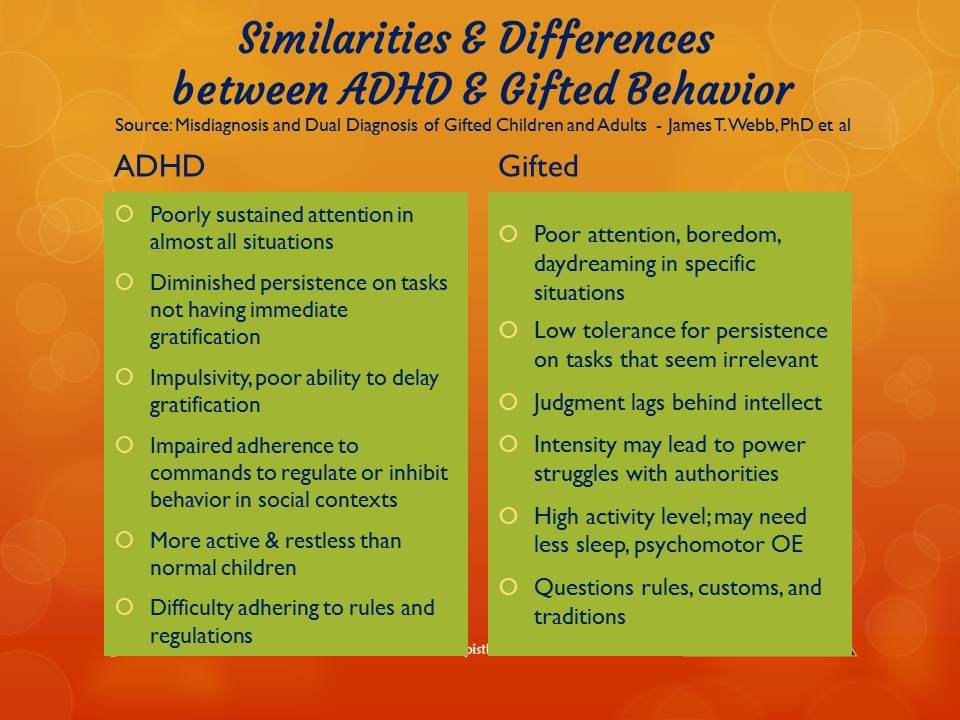
80 Coping Strategies for ADD
ADHD minds are creative minds. We see solutions where others see only insurmountable, exhausting problems. This is especially true when those “problems” are idiosyncrasies associated with ADHD. Case in point: An ADDitude reader recently shared with us this everyday life hack: Set your coffeemaker to brew at 7 am — and remove the pot. If you don’t get up, you will have a kitchen counter covered in java. Brilliant!
Here, find a wide range of creative tips — straight from the ADDitude community — for handling the challenges that life throws at adults and parents living with attention deficit hyperactivity disorder (ADHD or ADD).
For Adults with ADHD: Best Tips For Disorganization
I carry a colorful wallet, so I can find it quickly in my handbag.
A few times a year, I get a clutter companion to help me sort clutter into four piles: “keep,” “toss,” “donate,” and “age.” I revisit the “age” items three months later, and make a decision then.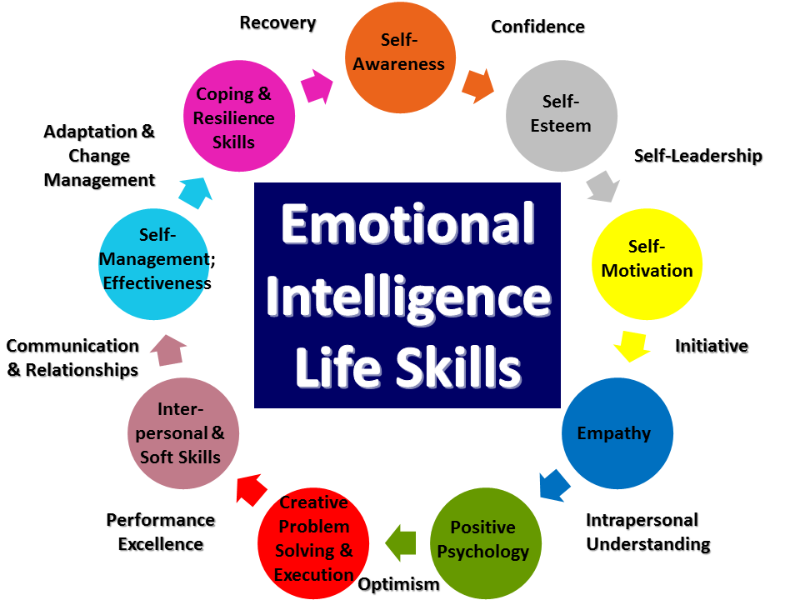
I invite people over for dinner or a visit, so I have to clean up to get ready for them.
[Get This Free Download: 11 ADHD Coping Mechanisms]
I create a document “hot spot” for time-sensitive documents. I place up to five papers there, each representing a different task that needs to be attended to within the next 24 hours.
I stay organized by hanging a list of tasks to do on the inside of my front door. I see it several times a day, including every time I leave the apartment.
I attach electronic fobs to my keys and other important items. I press a button on the base unit and follow the beeps to my keys.
I keep a small plastic baggie in my purse for receipts and another in the glove compartment of my car.
[Take This Test: Are Your Clutter and Disorganization Out of Control?]
I store items that are used together near each other, so I don’t have to run around to get the things I need to do a job. I keep wrapping paper, tape, scissors, and ribbons in the same closet.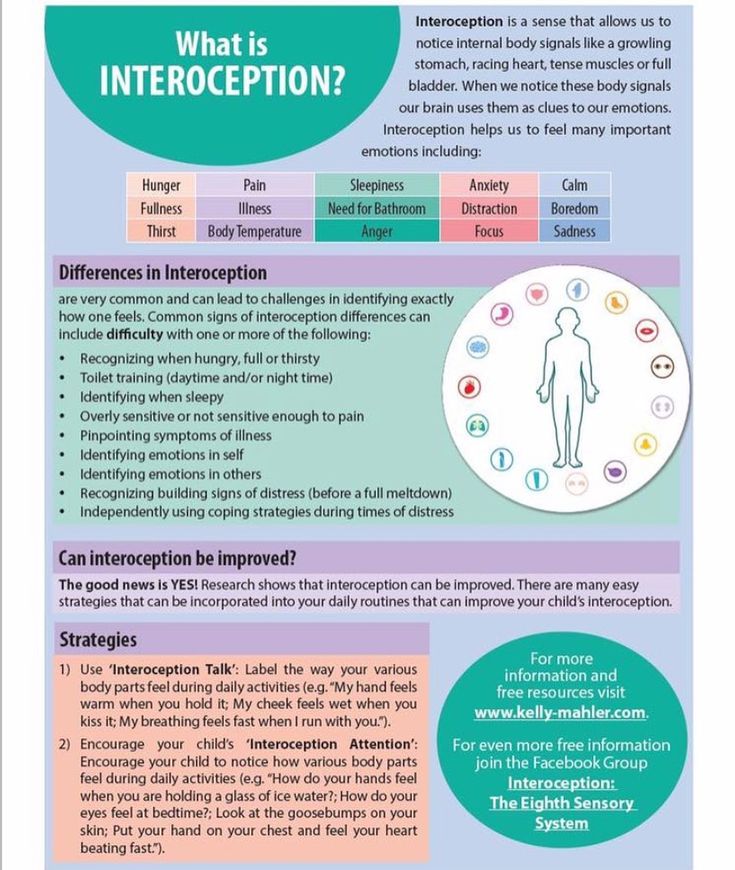
I clean up in stages. I’ll dust everything one day, clean the sink and toilet while my daughter is in the bath, and vacuum all the rooms on another day.
I turn on music and keep moving while I clean and tidy up from room to room.
I write important things down on brightly colored paper. It’s easier to find an orange or green to-do list if, and when, I misplace it.
After I clean up my dining room table, I set the table, so that I won’t put stuff on it again.
I write myself a note and stick it right in my pocket. When I reach for something in that pocket, I see what I need to do.
For Adults with ADHD: Best Tips For Impulsive Moments
I say the Serenity Prayer a lot. In situations in which I might be impulsive, I tell myself to “play the tape forward.” It makes a huge difference for me.
My wife has been good at helping me be aware of my impulses. My biggest strategy is delay. I let a totally urgent impulse (usually a purchase) wait for a few days, up to a few months. If it’s really important, the “need” will still be there.
If it’s really important, the “need” will still be there.
I turn an imaginary key in my pocket to “lock” my mouth when I want to say something impulsively.
I start each day with a five-minute mindfulness session, and I set a daily intention, which I focus on throughout the day. For instance: “Today I will notice my emotions and urges before acting on them.” I also set a reminder to do this, to keep me focused on it.
To curb impulsive shopping, I ask myself: Do I really need it? Do I absolutely love it? Do I know exactly where it will live at home? If I want to make an impulsive clothes purchase, I have rules: It has to fit me perfectly, look great on me, and I have to have a place in mind to wear it. If I answer no to any of these questions, I don’t buy it.
My impulse buys have been greatly reduced by using my smartphone camera! I take a picture of anything that looks awesome that I want. Later on, I look at the picture or show it to my husband, and decide if I still want it.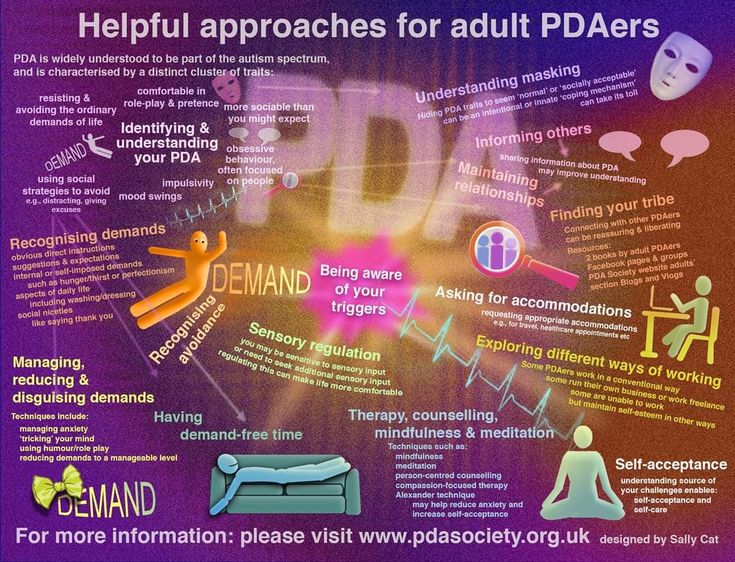
I mentally erase the faces of people that I have an urge to say something personal to. This helps me address the problem, not the person.
Google Keep is my favorite “jot down idea” app, because I can set reminders for my habit. When I jot down what I want to say, the impulsive feeling is quelled.
I plan ahead. I make sure I know who, what, where, and when before I go to an event or a meeting.
One of my favorite relaxation techniques has always been to clean house. It keeps me focused and physically engaged. When I clean something, anything, and make it look like new, I feel not only satisfaction but accomplishment.
When I am stressed, I read through e-mails that are unimportant. It distracts me, so I can calm myself down.
Meditation. It calms me, and helps me clear my brain of life’s challenges. I feel like I can start fresh.
Music and exercise! I was a dancer for 10 years, so turning on music and moving my body settles me very quickly. I also run, do strength training, or get outside, no matter what the weather is like.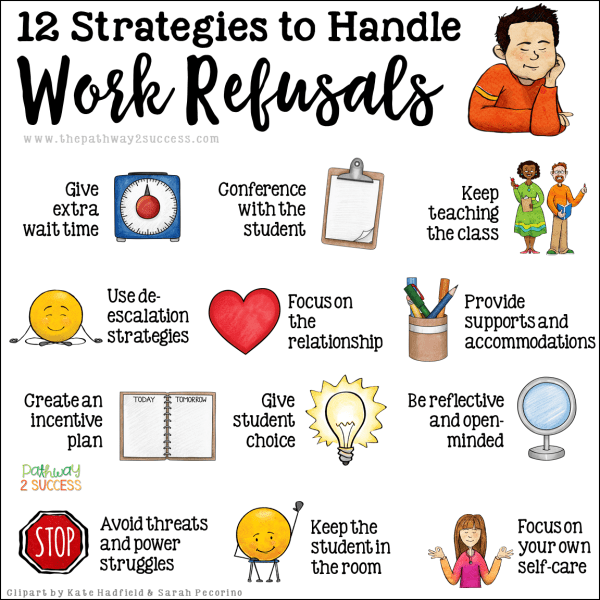 The smells, sounds, sun on my skin, and the beauty that surrounds me calm me immediately.
The smells, sounds, sun on my skin, and the beauty that surrounds me calm me immediately.
Listening to audio books satisfies my desire to read, and lets me think about the book, not the rest of the world.
The more I look at my phone, the less I can settle my mind. By putting the phone down, I unplug from social media and the Internet, reminding me that it’s only a small part of my life.
I garden for two hours a day.
I do Zumba. I have to focus so hard on getting the steps right that I can’t think about anything else.
My Bible and Christian and classical music calm me. I have memorized many verses that remind me of my worth in God’s eyes. I also refer to verses that remind me that I can do what I need to do.
Going for a walk in the woods helps, as does planning some time in the day when I’m allowed to just daydream.
For Adults with ADHD: Best Tips For Getting Things Done
The Google calendar on my smartphone, with its reminder notifications and e-mails, is a lifesaver for me.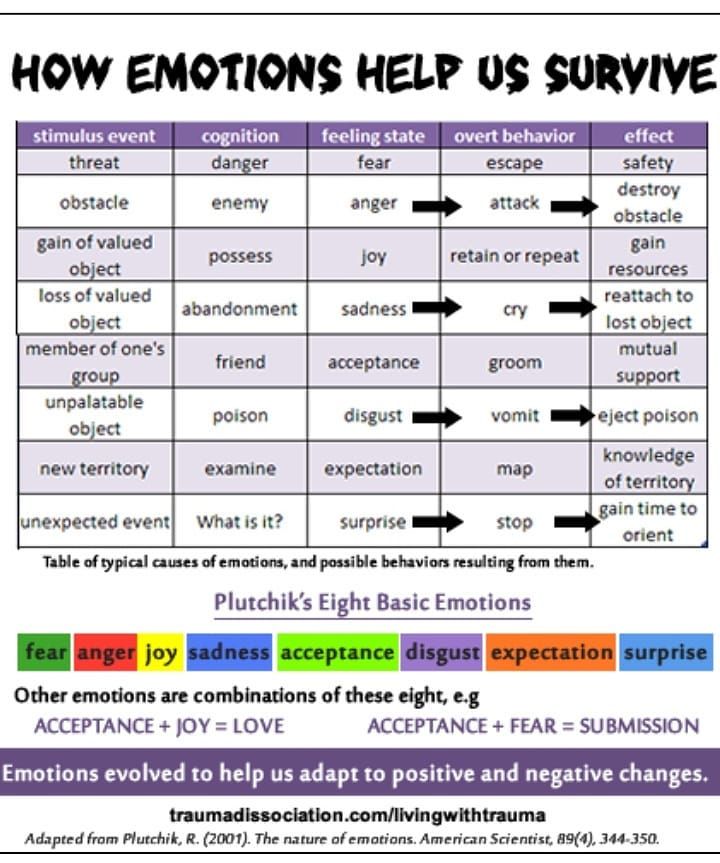 Because it is on my phone, I am likely to have it with me at home, at work, or on the run.
Because it is on my phone, I am likely to have it with me at home, at work, or on the run.
E-mailing myself is a good way to keep track of work that has been accomplished or is underway. My e-mails remind me of things to do while my mind is focused on something else.
Call me old-fashioned, but sticky notes and making lists are key for me to remember what I need to do.
As an online college student, I paste my school assignments for the week into an e-mail I send to myself. As I complete assignments, I remove them from this list. It is impossible to lose the list.
I have one notebook that I write everything in.
My smartphone is my backup brain! Forget paper organizers. I take pictures when I see something that catches my interest that I want to do something about. I don’t have to write down a phone number or other information.
Google Calendar helps you organize your schedule by blocking out your time in different colors — very helpful for people with ADHD who need things to stand out.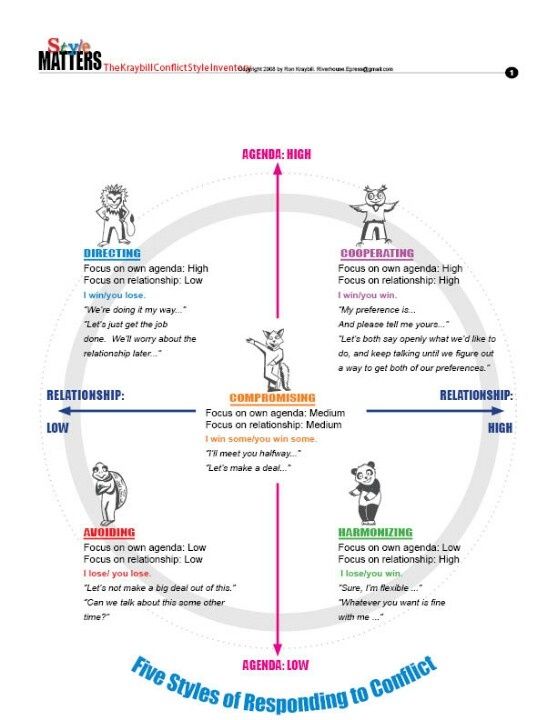
A family calendar keeps everyone’s activities written down in one place. “Mom’s Taxi” is doing much better at dropping off and picking up the kids because there’s a calendar hanging up in an obvious place.
I use a Passion Planner. It’s a regular, pen-and-paper planner, but it has monthly “check up” questions to see how my month was. I can assess how I did with managing my time and get positive quotations to inspire me.
I use a pen/paper/calendar approach. Writing things down helps me to remember them, and hanging the calendar in a busy area gets me to notice when things are happening/due.
For Parents: Best ADHD Discipline Tips
When my son acts up, I take a time-out. I say, “I need time alone” and go to another room for a few minutes. Now he occasionally does this, too.
I never let my out-of-control child cause me to respond to him in kind. I talk to him in a calm voice.
I sit down with my child and make up reward coupons. The coupons are for whatever he loves to do — stay up late on a weekend night, eat pizza, earn $5.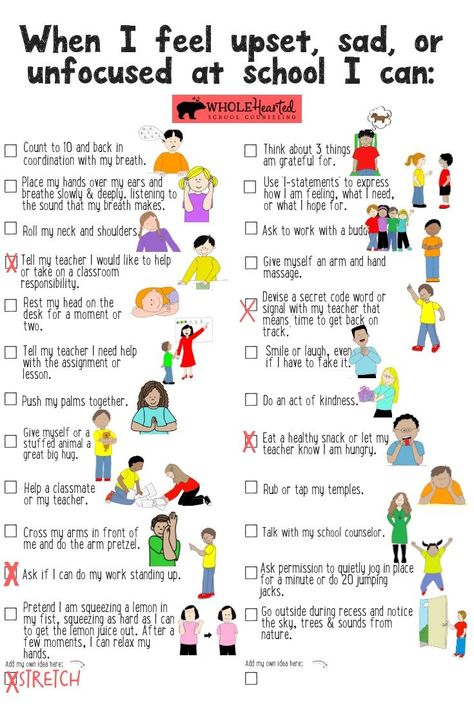 The point is to motivate the child to learn self-control.
The point is to motivate the child to learn self-control.
I help my daughter feel valued, loved, and competent. When I do that, she is more likely to listen to me when I ask her to do something or not do something.
I keep my words to a minimum when I discipline my son. Words are like tires. Each time they rotate against the pavement, they lose tread and become less efficient at starting, stopping, and steering.
When I give my son commands, I use the same basic sentence structure for each one. For example, “Justin, you need to turn off the television” or “Justin, you need to put your shoes in your closet.” He soon realizes that any time he hears his name followed by “you need to,” he must comply.
I have a plan in place for when my teen misbehaves. If he skips school, calls me names, or breaks curfew, I know what I will say and how I will act, so I can deal with things calmly and constructively.
We do not criticize or punish him for things that are not under his control — such as the biological symptoms of ADHD.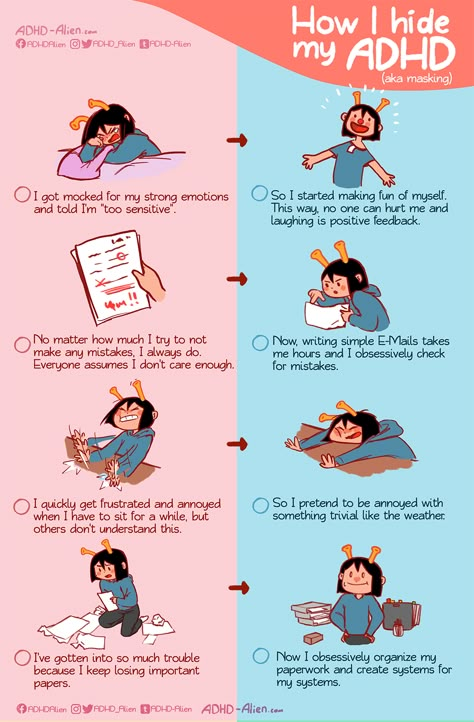 An adolescent with ADHD who has an emotional meltdown is not being “bad” — he is being emotional.
An adolescent with ADHD who has an emotional meltdown is not being “bad” — he is being emotional.
To avoid getting angry at my son’s misbehavior, I think like a cop. When a policeman pulls you over for speeding, he doesn’t yell at you or tell you how awful you are. He says, “Do you realize how fast you were going? License and registration.” You did the crime, you get the punishment. My son doesn’t intuitively know what’s expected of him and what’s going to happen, so I make a point of telling him ahead of time.
I talk softly, so that my son has to quiet down to hear me. His curiosity causes him to listen up.
For Parents: Best Tips For Getting Teachers On Your Team
Be as nice as possible and volunteer frequently for school activities. The school tends to help the child of the parent who is always helping the school.
We work best with teachers when we keep communication lines open. We ask for their suggestions to help us work together effectively. We acknowledge that our children’s needs require extra time and effort from them, and we make sure to thank them.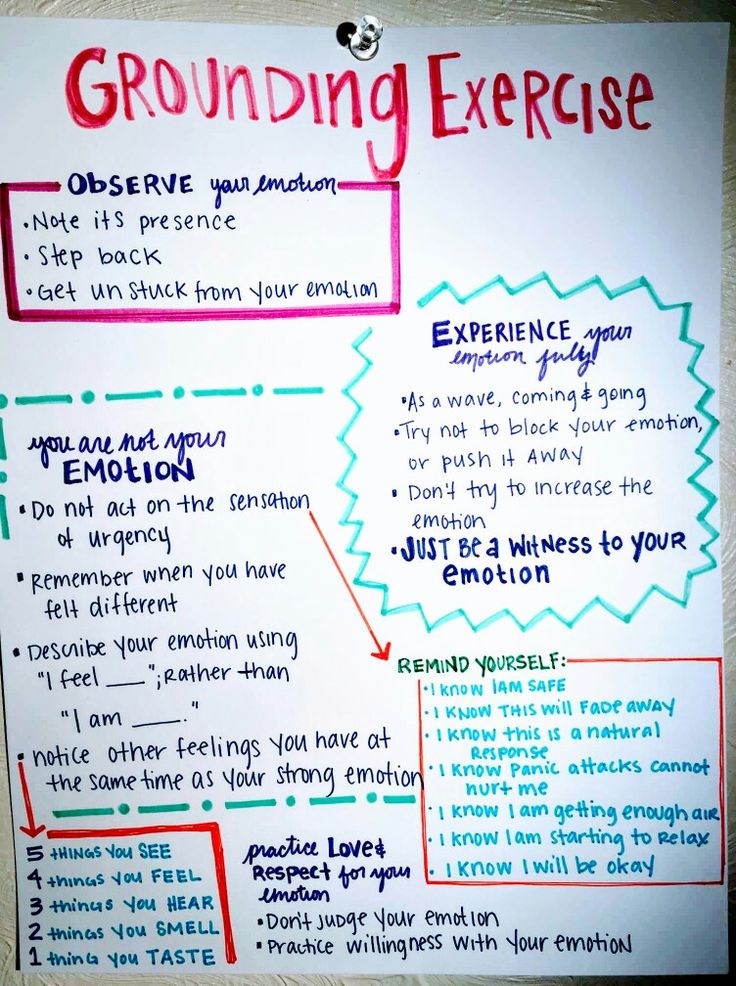
I e-mail teachers with positive feedback. Homing in on those teachers who accept your child, and encourage him, gets better results than trying to change a teacher who may never understand.
Show respect to the teacher, and he will respect the needs of your child.
I call teachers by their first names. It breaks down the parent-teacher barrier and encourages open discussion and partnership.
I bring a snack to teacher meetings. The teachers appreciate it, and it gets the meeting off to a good start.
I always start the meeting by telling my son, “This is the team that wants to see you do well at school. They want to know what will help you. Can you tell them what you think will help you do your best, and why you think it will help?”
The teacher and I share information, which has made us closer. We use a behavior card that goes from home to school, and back, each day. I send the teacher handy tips that I think are helpful from websites that address attention deficit.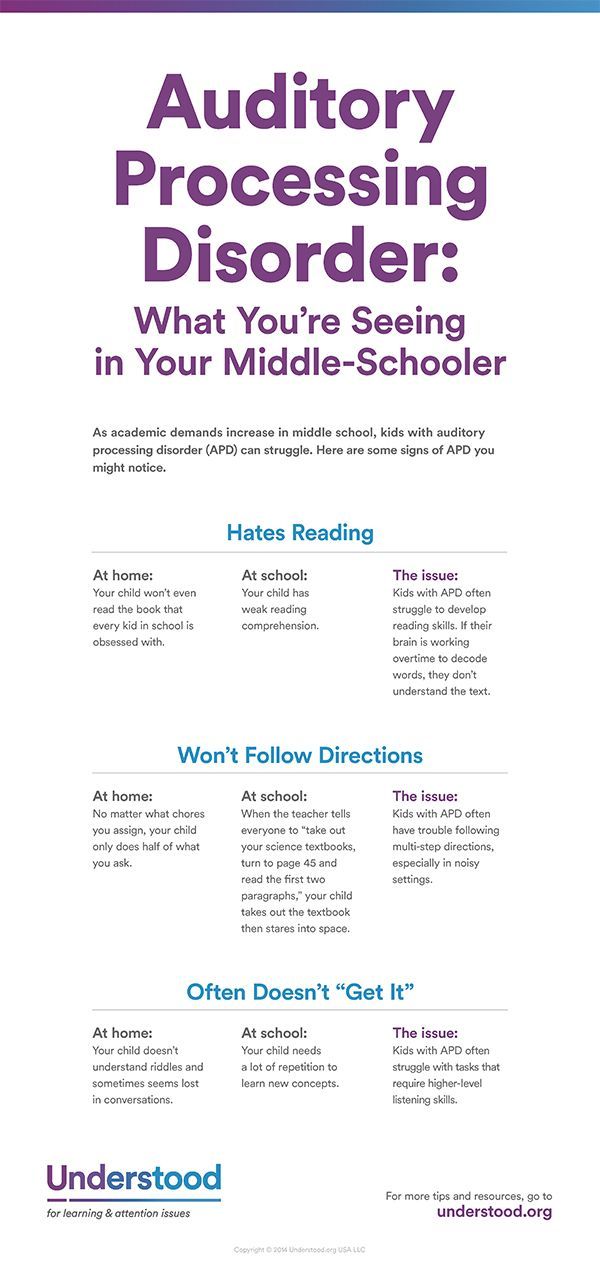
I sometimes give a quick reminder to a teacher about the basics of an ADHD or Asperger diagnosis. It helps to re-focus her to be more positive in working toward a solution.
I calm him down before he starts — whether by playing with putty or a fidget toy. Oral stimulation takes the edge off, too: blowing bubbles, sucking sour candy or applesauce through a straw, or eating crunchy carrots. After this rest period, he is ready to go.
Because our son cannot handle normal household distractions, we take him to our public library every night when he has homework. I play on my computer or read a book while he does his work. He works and I relax.
We make homework a chore that he gets paid for.
I spend 15 minutes in the room with him, reading a magazine or organizing a drawer, until he gets underway with his homework. My presence settles his mind.
Hiring a tutor helped our teen organize and complete his work. He respects her, and his dad and I are no longer the “bad guys” in the homework battle.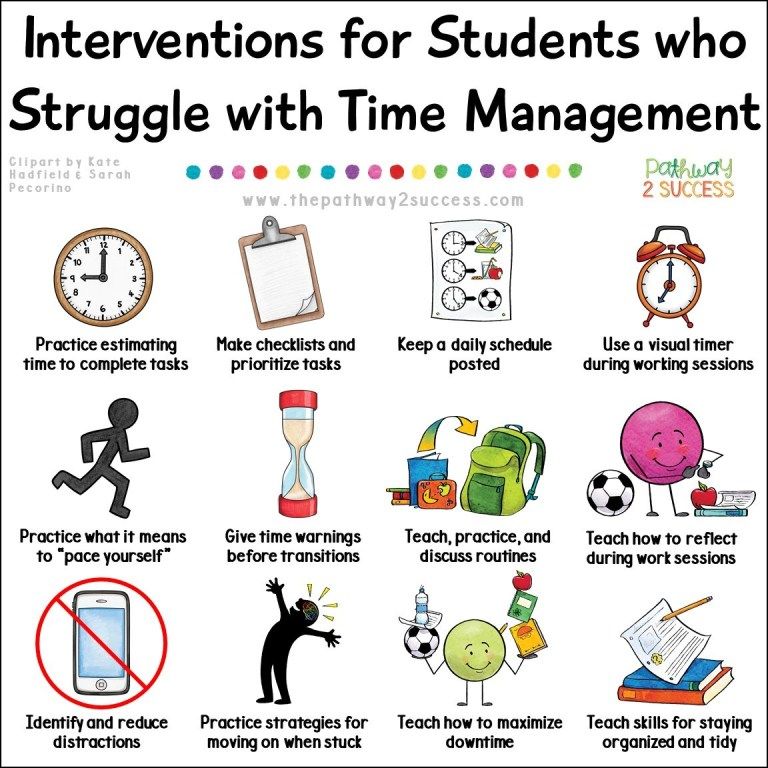
Have her do it in school. My daughter was too embarrassed to be in a resource class, so she does her homework sitting outside the counselor’s office.
Joining a homework club has been a godsend. My son gets help right after school, while his meds are still working.
We scheduled an empty period in her school day, when she is most focused, to allow her to do her homework.
My son uses the “shifts approach” when studying. “Shifting” is not multitasking, it is having a student work on a subject until his attention starts drifting. When it drifts, he works on another subject.
For Parents: Best Tips For Kids Who Can’t Get To Sleep
I dim the lights in my twin daughters’ room, rock them in the rocking chair, read them a story, sing to them a bit, and then put on a special CD. They know that, when the CD starts, it is time for sleep.
We talk about my son’s day. We put all the good things on an imaginary disk and file it away in his memory bank. I ask him to delete the bad things, and he winds up falling asleep.
My daughter, who has ADHD and ODD, takes 5 mg. of melatonin before bed. It calms her down in 45 minutes, and helps her sleep soundly.
I have my son take a lukewarm bath or shower before bed, then have him read. The routine is reassuring to him and calms him down.
I give him a warm glass of milk and a nice, gentle back massage.
We play classical music and a repetitive video, like an animated ball bouncing across a TV or computer screen.
I turned my child’s bed away from the doorway, so he isn’t disturbed by light coming through it. And I bought a clock with a face that lights up only when it is pressed. Light is disruptive to a sound sleep.
I use a window fan to block out noise from the house and street. Also, I remove scratchy tags from pajamas, and I never combine flannel pajamas with flannel sheets. They stick together, which can prevent a child from settling down.
I have my child focus on her breathing while she visualizes an elevator, gently ascending and descending with every inhalation and exhalation.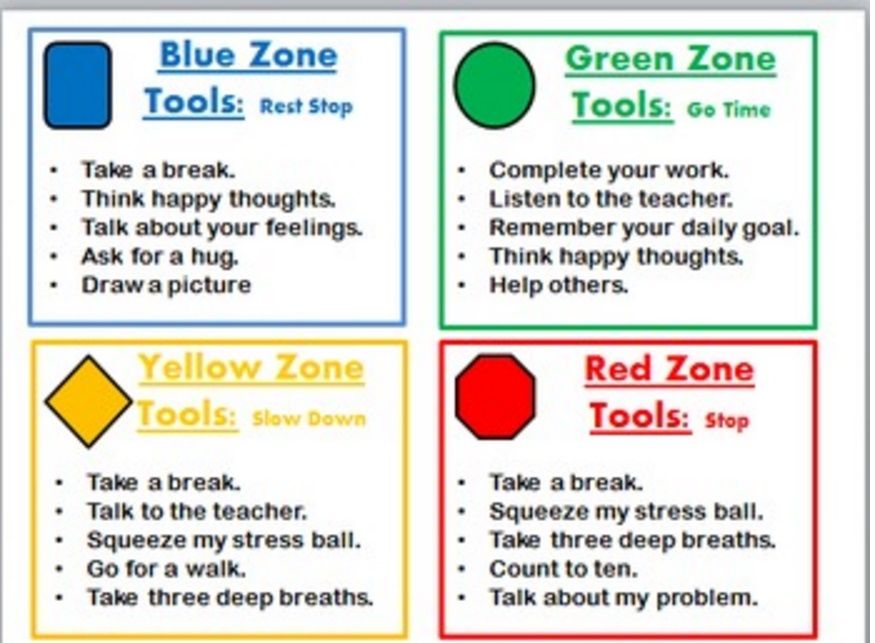 She is in dreamland in five minutes.
She is in dreamland in five minutes.
I lower the lights and have my son pray. I tell him to trust God to quiet his mind.
[Get This Free Download: Sleep Solutions for Kids with ADHD]
Best Strategies for Living Well with ADHD
APPS 4 U: Do More Each Day
- My daughter uses the app Brili to accomplish routines that used to take more than an hour and required my supervision. With the app, she knocks things out in 40 minutes without supervision.
- I struggle with finances, and my husband and I fight about them a lot, especially when I make impulse purchases. The app YNAB (#CommissionsEarned) is a godsend.
- I am always late for something — business meetings, dates, and so on — because I always start out late. Waze is a great traffic app that gets me to work and other places on time.
- Out of Milk helps me organize grocery lists. With this app, I scan in and categorize my household inventory, and set up specific lists for each place I will need to shop.
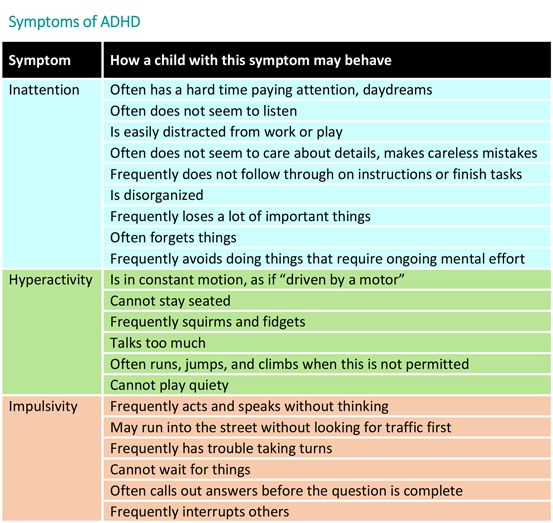
- We all forget our password from time to time, even if we don’t have ADHD. LastPass is a lifesaver when this happens. I create a master password, and the app gives me access to the 40 passwords I use.
APPS 4 U: Calm Down
- Headspace and Calm provide guided meditation. After a couple of minutes of listening, my brain is much calmer.
- I use an app called Breathe2Relax. It never fails to slow me down and come back to the present.
- I use BOLD Tranquility, which is like taking a 15-minute nap. It leaves me refreshed. I also listen to Yoga Nidra when my mind is racing. Its guided meditation scripts are calming.
- Naturespace delivers 3D nature sounds. The sound is so realistic that I feel like I’m actually at the beach, meadow, wherever.
APPS 4 U: Manage Time
- I love IQTell, which I use on my smartphone, iPad, and laptop.
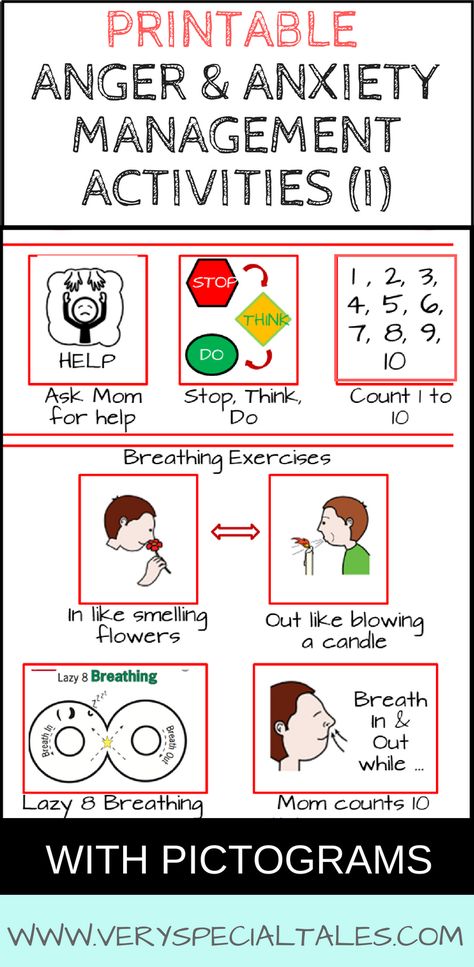 All of my e-mail and tasks are in one place, and as I receive new e-mail, the app allows me to turn it into tasks, projects, contacts, and calendars.
All of my e-mail and tasks are in one place, and as I receive new e-mail, the app allows me to turn it into tasks, projects, contacts, and calendars.
- Google Keep. It allows me to make a list and to set a reminder based on date and exact time.
- CalenMob syncs my school assignment calendar, Google Calendar, and Outlook Calendar into one place, so I don’t have to check three calendars. This has cut down on double- and triple-booking myself.
- The Pocket app saves links to articles I want to read later.
- I love Cortana. My phone is connected to my car through Bluetooth, so if I’m driving and remember something I need to do, I speak to Cortana to set a reminder.
- I use the Home Routines app. I check off my tasks, and the next day, the app resets them for me, based on what I have accomplished the day before. It’s invaluable.
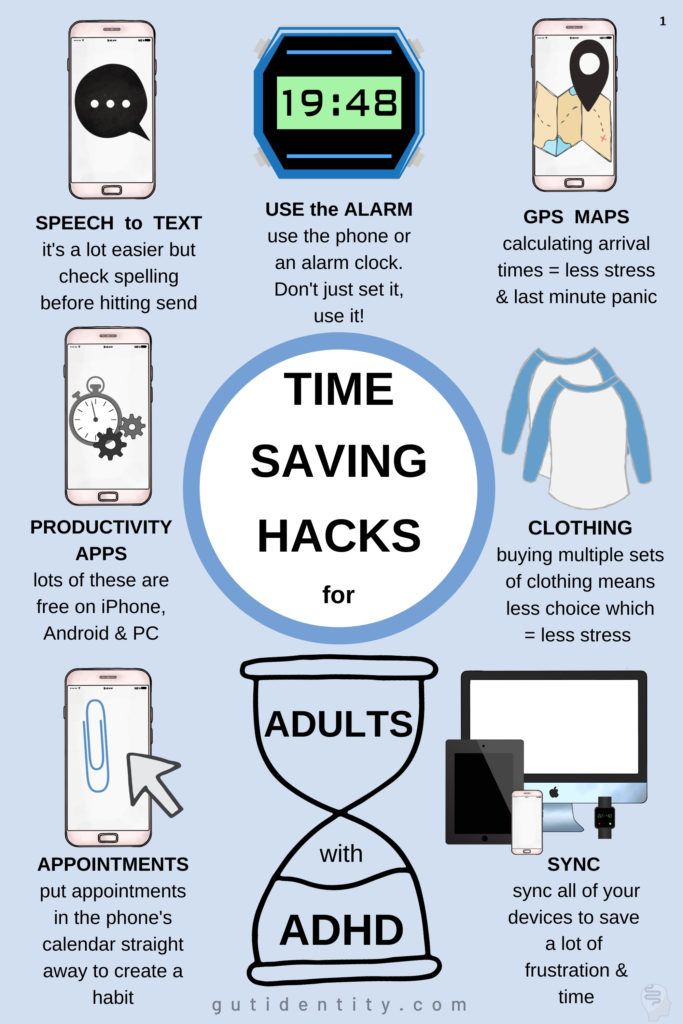
- The biggest helper I have is an app called ColorNote. I can talk or type a new note at any time and put whatever I want into that note. Otherwise, I can’t remember where I put things I wrote down or what program I put them in.
NOTE: Please note that all names, models, prices, links, and specifications were accurate and items were in stock at the time of this article’s last update on January 31, 2022.
SUPPORT ADDITUDE
Thank you for reading ADDitude. To support our mission of providing ADHD education and support, please consider subscribing. Your readership and support help make our content and outreach possible. Thank you.
#CommissionsEarned As an Amazon Associate, ADDitude earns a commission from qualifying purchases made by ADDitude readers on the affiliate links we share. However, all products linked in the ADDitude Store have been independently selected by our editors and/or recommended by our readers.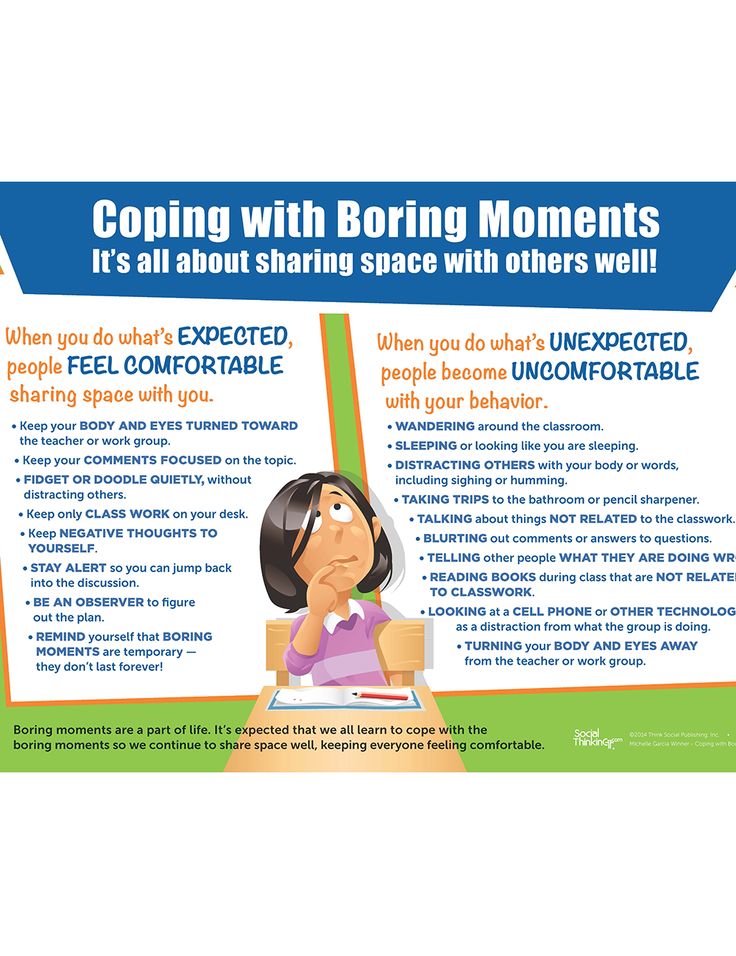 Prices are accurate and items in stock as of time of publication
Prices are accurate and items in stock as of time of publication
Previous Article Next Article
Read online “ADHD 2.0. New Strategies for the Successful Life of People with Attention Deficit Disorder”, Edward M. Hallowell – LitRes
To my beloved wife, children and grandchildren.
JJ Reity
Pippi, Honey and Ziggy, who gave all of us puppy love until the very end. And also alive and well Laila and Max, who love us still. No wonder they say that a dog is a man's best friend.
© Design. LLC AST Publishing House, 2022
Scientific editor's preface to the Russian edition
ADHD 2.0. New Strategies for the Successful Life of People with Attention Deficit Disorder” is a new book by two famous American psychiatrists Edward M.
Hallowell and John J. Ratey. It is noteworthy that the authors are not only doctors, but also live with this syndrome themselves.
Many readers may already be familiar with Hallowell and Reity's books on ADHD, two of which are published in Russian: "Why I'm Distracted" (more than 1 million copies sold worldwide) and "Don't Distract Me", which give us an opportunity to take a fresh look at the problem and use the recommendations to improve the quality of your life. nine0004
The new book is addressed to those who have thought at least once “Is it possible that I have ADHD?”, to those who know about their syndrome, as well as to parents, partners and all relatives of people with ADHD. The book will be of great interest to doctors, psychologists and educators working with both children and adults with attention deficit disorder.
The authors talk about discoveries in the field of neuroscience: resting neural networks and their role in our behavior, the role of the cerebellum in human cognitive functioning, the work of neurotransmitters and genes that determine their insufficient amount in the body - and instantly move on to practical conclusions and recommendations that patients and their loved ones can immediately use and put into practice.
For those readers who would like to read the data in more detail, we recommend the bibliography at the end of the book, which is divided into chapters and makes it easy to find studies cited by the authors. nine0004
When translating and editing, we have kept many terms in their original English version, since there are no established equivalents for them in Russian-language literature, and we have tried to provide all translation options that the reader can find on the Internet, popular publications or scientific articles. For convenience, the book has an alphabetical index of terms.
The book surprisingly combines a large amount of data on the latest scientific research, information about how our brain works, how various types of drug treatment and psychotherapy work (that is, a natural science approach), and at the same time, a sensitive, attentive attitude to the patient as a person, based on the principles of humanistic psychology. nine0004
The authors pay attention to the perception of the diagnosis in society, trying to contribute to rid the term ADHD of a negative halo, to show patients and their loved ones the opportunities for success and self-fulfillment, to help understand and use the benefits that people with ADHD have.
The very reading of the book can carry a psychotherapeutic effect. So Hallowell and Ratey introduce the concept of stimulus-dependent attention or VAST (variable attention stimulus trait, VAST) as a synonym for ADHD, ridding the term of the word "deficiency", talk about increased sensitivity to rejection and sensitivity to praise, and also pay much attention to the possibilities of personal growth, from using the Colby Index to identify their strengths, to being able to find inspiration in a challenging task, allowing people to productively use their craving for constant stimulation and avoid addiction. Their attitude towards the patient is full of acceptance, they talk about techniques that allow the patient to be heard and understood by his relatives and friends, which makes it possible to turn from experiencing problems to overcoming them. nine0004
There are many differences in the approaches to understanding and treating ADHD in the US and Russia, from diagnosis to drug therapy.
Despite the fact that in many textbooks in Russian it has long been written that in half of the cases ADHD does not disappear in adulthood, it is quite difficult for patients to make a diagnosis and receive therapy and treatment. It is hoped that the transition to the ICD-11 and the release of new books and clinical guidelines will gradually change the situation.
Diagnosis of ADHD, even in childhood, is by no means always easy. I would like to draw the attention of specialists and parents that the short and long Conners scales and the Vanderbilt Diagnostic Questionnaire for Parents have been translated into Russian and are available. You can refer to the scales developed by Sukhotkina N.K. and Egorova T.I. (“Rating Scales for Attention Deficit Hyperactivity Disorder”, 2008), as well as to the works of Zavadenko N.N. nine0004
The most important difference between approaches to ADHD in Russia and the USA (as well as Europe and Latin America) is the issue of drug treatment. Some drugs with proven effectiveness, namely, all psychostimulants, are banned in Russia and included in the list of narcotic substances and their precursors.
It is important to remember that attempting to purchase such medicines for therapy or importation (even with a prescription) will be prosecuted.
In fairness, it should be noted that earlier in our country there were scientific studies and clinical practice of using stimulants for the treatment of ADHD (see, for example, the article by Uzbekov M.G. "Hyperkinetic syndrome as a manifestation of disorders in the development of monoaminergic systems of the brain", 2006) However, today we have completely different principles and traditions of therapy: among drugs with proven effectiveness, atomoxetine, nootropic drugs, neuropeptides, antidepressants, etc. are used. For those readers who want to study this issue in more detail, we suggest referring to the works of Zavadenko N. N., clinical guidelines Kornya E.V. and Kupriyanova T.A. For those readers who are interested in the role of various neurotransmitters (dopamine, norepinephrine, serotonin, oxytocin, and others) in the functioning of our brain and the principles of the operation of drugs, we can recommend the excellent series of lectures "Chemistry of the Brain" by Vyacheslav Dubynin, Professor of the Faculty of Biology of Moscow State University, which are available on online training -platforms.
nine0004
When editing the book, we have tried to indicate all available Russian translations of books cited by the authors, provide explanations for scientific terms and phenomena, describe the methods of helping children, adolescents and adults with ADHD that are used in Russia. We hope that the editor's comments will make your acquaintance with the book even more exciting and interesting! Enjoy reading! Nikiforova A.N.0009
Introduction
In 1994, we wrote the book Driven to Distraction , which introduced the public to an almost unknown syndrome: Attention Deficit Disorder (ADD) . And since we both have ADD, we were able to describe the syndrome "from the inside", and many were finally able to read about their own symptoms and how to live with them. Because we are also psychiatrists who have been in the field for many years, we have reviewed a lot of research and written seven books (added up) on how to detect and diagnose attention deficit hyperactivity disorder (ADHD) and how to raise a child.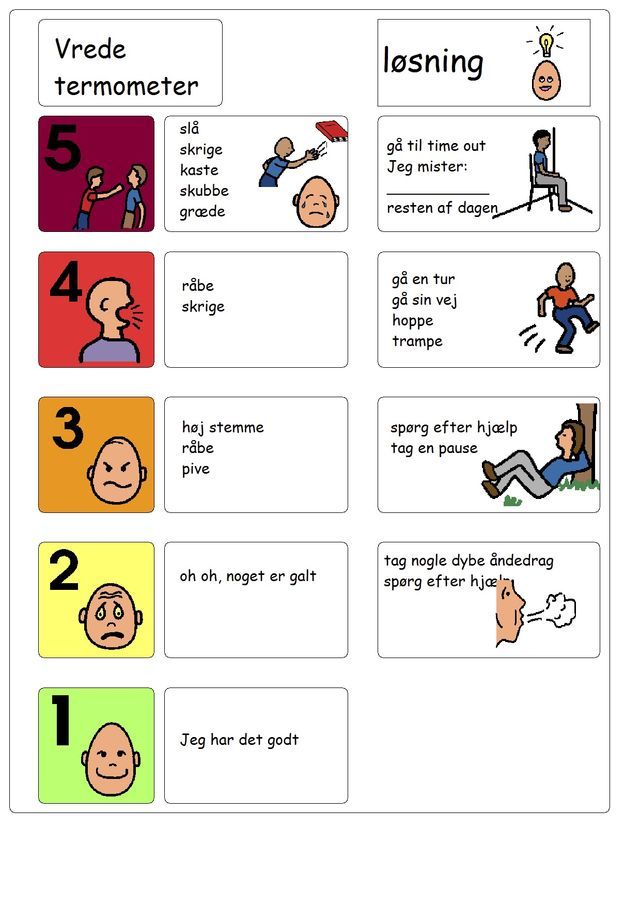 with such a disease (or to be a partner, a doctor of a person with a similar diagnosis). nine0004
with such a disease (or to be a partner, a doctor of a person with a similar diagnosis). nine0004
Now, twenty-five years after the first experience together, a lot has changed. Not only is almost everyone aware of the existence of ADHD, many people know someone who has it: a classmate, a colleague, a partner, or they themselves live with this syndrome. Teachers and head teachers are always trying to identify it, because a child with undiagnosed (or poorly managed) ADHD can wreak havoc even in small classrooms, not to mention burying their own potential. Recently, this name is often used lightly, jokingly: "I have a mild form of ADHD" is an excellent explanation for absent-mindedness, forgetfulness, erratic behavior, both one's own and others, with or without a diagnosis. nine0004
Another thing that has changed: ADD is now called ADHD - "hyperactivity" has been added to make the name more consistent with real life with this symptom. In this book, we will use the more modern (and more official) abbreviation.
EDITOR'S NOTE
In Russian-language literature, especially medical literature, we can find the abbreviation ADHD, that is, attention deficit hyperkinetic disorder (this term is used in accordance with the current International Classification of Diseases of the 10th revision), this is a synonym for ADHD. nine0004
Although the term is now ubiquitous, one thing remains the same: most people still don't understand how serious and complex the disease is. And they have no idea what breakthroughs in its study have occurred over the past few years. They only know caricatures and scraps of false or incomplete information. Millions of people suffer because of such misconceptions: they are either afraid to ask for help from a professional, or they believe that they do not need help. In the world of ADHD, the main enemy is ignorance. nine0004
For example: many people think that this is a childhood disease and that it will pass with age.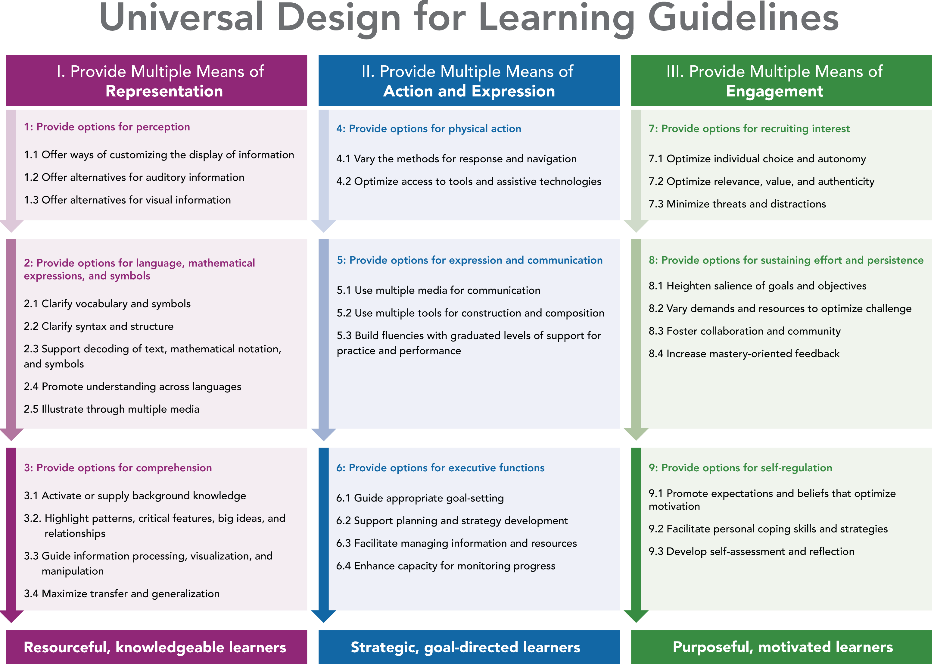 In fact, now we know for sure that it does not pass at all. Even if the patient was diagnosed in childhood, the problem can affect adults to the same extent. And those who, at first glance, "outgrew" the disease, in fact, simply learned to compensate for its presence well - so well that it became invisible. We also know that ADHD may first appear in adulthood [2] . This often happens when life demands more from a person than he can handle. Classic examples are a mother after the birth of her first child, or a student entering the medical school. In both cases, daily organizational demands skyrocket, and the person exhibits symptoms of ADHD that have been successfully managed in the past. Then you can (and should) diagnose ADHD. Adult-onset ADHD is a condition listed in the psychiatrists' handbook, the 5th Edition Diagnostic and Statistical Manual of Mental Disorders.0007 DSM-5 - Diagnostic and Statistical Manual ).
In fact, now we know for sure that it does not pass at all. Even if the patient was diagnosed in childhood, the problem can affect adults to the same extent. And those who, at first glance, "outgrew" the disease, in fact, simply learned to compensate for its presence well - so well that it became invisible. We also know that ADHD may first appear in adulthood [2] . This often happens when life demands more from a person than he can handle. Classic examples are a mother after the birth of her first child, or a student entering the medical school. In both cases, daily organizational demands skyrocket, and the person exhibits symptoms of ADHD that have been successfully managed in the past. Then you can (and should) diagnose ADHD. Adult-onset ADHD is a condition listed in the psychiatrists' handbook, the 5th Edition Diagnostic and Statistical Manual of Mental Disorders.0007 DSM-5 - Diagnostic and Statistical Manual ).
EDITOR'S NOTE
DSM-5 is developed by the American Psychiatric Association, it contains a large amount of information on the diagnosis, prevalence, risk factors for various mental illnesses and is of great practical importance, psychiatrists all over the world are familiar with its criteria.
In the Russian Federation, psychiatrists rely on the International Classification of Diseases, currently using ICD-10 (International Statistical Classification of Diseases and Related Health Problems, 10th revision), from January 1, 2022, the introduction of ICD-11 began. In the ICD-1, ADHD is coded as a hyperkinetic disorder (code F90, see the ICD for more subtypes) and belongs to the category “Emotional and behavioral disorders, usually beginning in childhood and adolescence”. In the ICD-11, the term ADHD appears - “Attention Deficit Hyperactivity Disorder” (code 6A.05, see subtypes in ICD-11), it is included in a new heading “Disorders of neuropsychic development” (it also includes intellectual and speech development disorders , autism spectrum disorders, disorders in the development of learning skills, coordination of movements, etc.
Others are sure that ADHD is a hoax of the pharmaceutical industry, created to sell the last drug manufactured. This is not true, although over the years charlatans have tried very hard to confuse the public mind about which drugs work and why.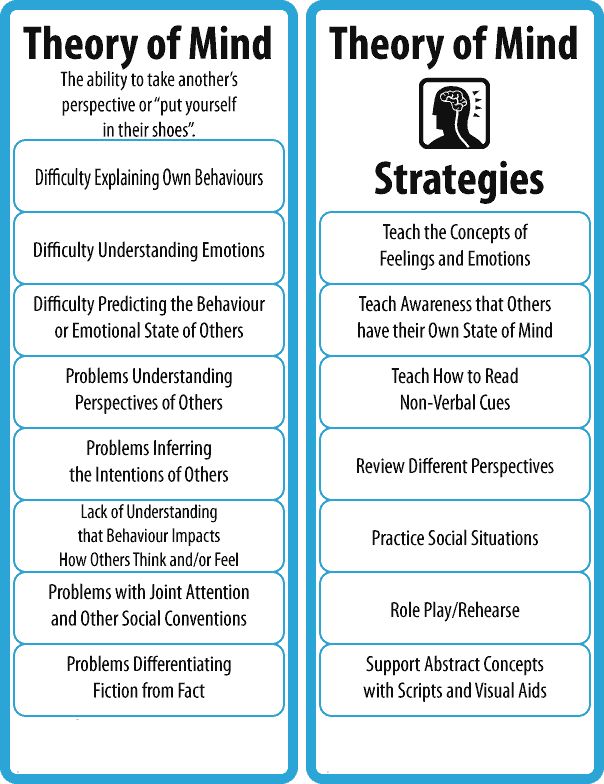
There are also those who hold the even less flattering view that ADHD is just an abstruse synonym for laziness, and that those who "have it" simply lack the good old discipline! In fact, the word "lazy" is completely inappropriate here. The brain of a person with ADHD is constantly at work. This does not always translate into productivity, but it's not a lack of motivation or energy. nine0004
The main misconception of a huge number of people in connection with ADHD is the belief that this serious disease is actually of very few people. This is a gross mistake.
EDITOR'S NOTE
In February 2021, the World ADHD Federation website published a new "World ADHD Federation International Consensus Statement: 208 Evidence-Based Findings about the Disorder". A Russian version is available prepared by psychiatrists from St. Petersburg Medical University https://www.adhd-federation.org/publications/international-consensus-statement.html. The previous statement was published in 2002 to dispel the myths that surround the diagnosis of ADHD.
nine0004
First, ADHD is not uncommon. More than five percent of the population is affected by it, and in fact, most likely, even more, because there are people who seem to be doing fine (although it could be even better), so they are not diagnosed with ADHD. The paucity of professionals who know how to correctly diagnose ADHD also distorts the statistics. And since information travels at the speed of light these days and we are surrounded by stimulants (pictures, sounds, data) everywhere, so maybe everyone really does have “a little bit of ADHD” now: people are more distracted, forgetful and less focused than when whatever it was before. There is even a new term for this modern disorder, which we will discuss in the first chapter. nine0004
Ignorance about ADHD can cost lives. Literally. ADHD can be a scourge, a lifelong relentless struggle; Attention Deficit Hyperactivity Disorder (ADHD) may be the reason why a brilliant person will not succeed, but will live a life full of irritation, shame, failure and calls to try harder, pull himself together, change.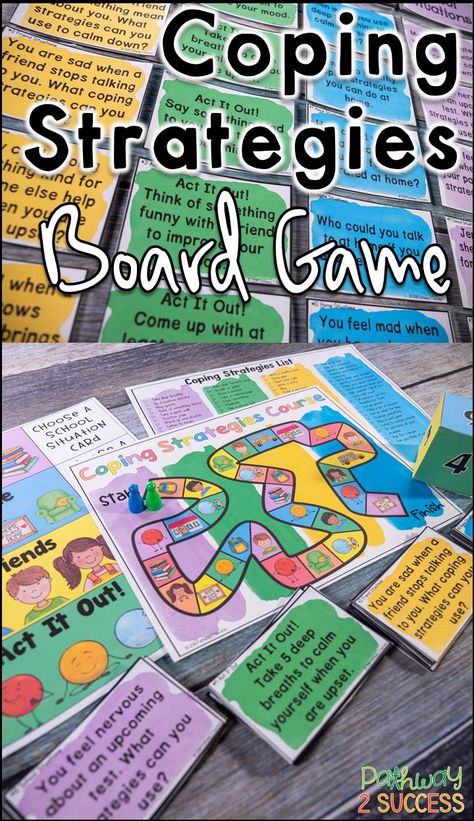 This can lead to various addictions, suicide, criminal acts (prisons are full of people who don't even know they have ADHD), risky behavior, and reduced life expectancy. nine0004
This can lead to various addictions, suicide, criminal acts (prisons are full of people who don't even know they have ADHD), risky behavior, and reduced life expectancy. nine0004
Psychologist Russell Barkley [3] , one of the leading experts in our field, cited startling statistics to explain this phenomenon.
“Compared to other killer diseases, ADHD is very dangerous. Smoking, for example, reduces life expectancy by 2.4 years, and if you smoke twenty cigarettes a day, by about six and a half years. For people with diabetes and obesity, life expectancy is reduced by a couple of years. For people with high blood cholesterol - for nine months. ADHD is worse than the top killers of Americans, even when added together.” nine0009
ADHD can take an average of thirteen years from a person. Barkley continues.
“And that's not counting the increased risk of accidental injury or suicide. <...> About two-thirds of people with ADHD experience a maximum reduction in life expectancy of twenty-one years.
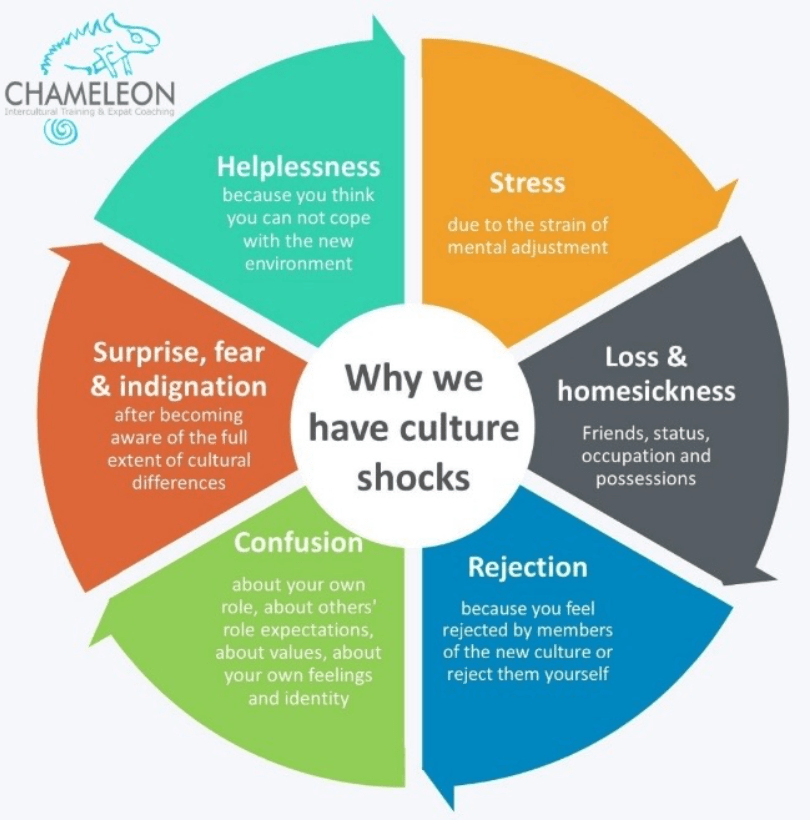
Given everything we now know about ADHD, including the latest research, we can safely say that things could be different! It's time to think about it in a new way. nine0004
Let's start with the fact that medicines help. Dr. Barkley's words:
“Of all psychiatric illnesses, ADHD is the easiest to treat. We have more drugs with <…> long-term effect and good reviews that change people's lives for the better, statistically - more than drugs for other diseases. These are almost the safest drugs in psychiatry.
We also know that, in addition to (or along with) a first aid kit, a range of behavioral strategies can help to cope with ADHD – from exercises that help you relax and focus, to various ways to awaken the rich and vibrant imagination of a person with ADHD and find an inspiring challenge – activities that best suit the brain that needs to stay active. nine0004
As clinicians, we have seen for ourselves that these strategies work and make a difference in our patients' lives.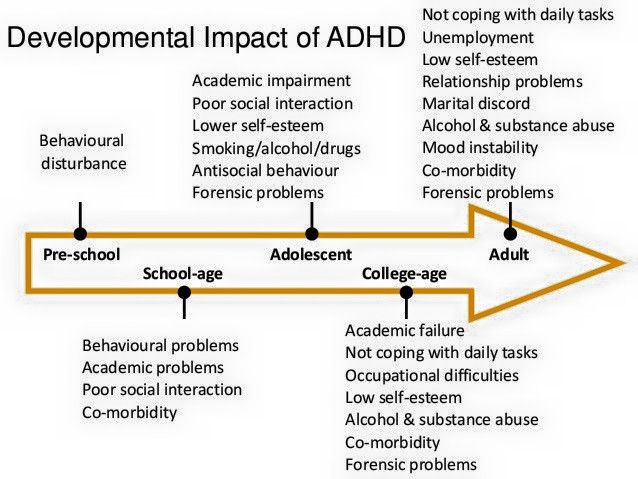 We tell some of their stories in this book (using fictitious names to protect clients' right to privacy). Thanks to exciting breakthroughs in brain imaging and the keen interest of neuropsychiatric scientists, we understand exactly why and how these strategies work. In chapters 2 and 3, we look at interesting explanations of how the ADHD brain works so that everyone will be clear about what we are talking about. nine0004
We tell some of their stories in this book (using fictitious names to protect clients' right to privacy). Thanks to exciting breakthroughs in brain imaging and the keen interest of neuropsychiatric scientists, we understand exactly why and how these strategies work. In chapters 2 and 3, we look at interesting explanations of how the ADHD brain works so that everyone will be clear about what we are talking about. nine0004
But before we move on to the instructional part of our program, we need to pay attention once again to the word we used above: "power." Yes, ADHD is a terrible force that brings pain to millions of people. But if it is curbed, it will awaken talents in a person that can neither be mastered nor bought. Often it is a source of creativity and creativity. It entails inventiveness and extraordinary thinking. It can even become a real superpower for you or your child. If you truly understand ADHD and take control of it, it can be the key to unlocking your potential, turning into a path to success that you may not have dreamed of.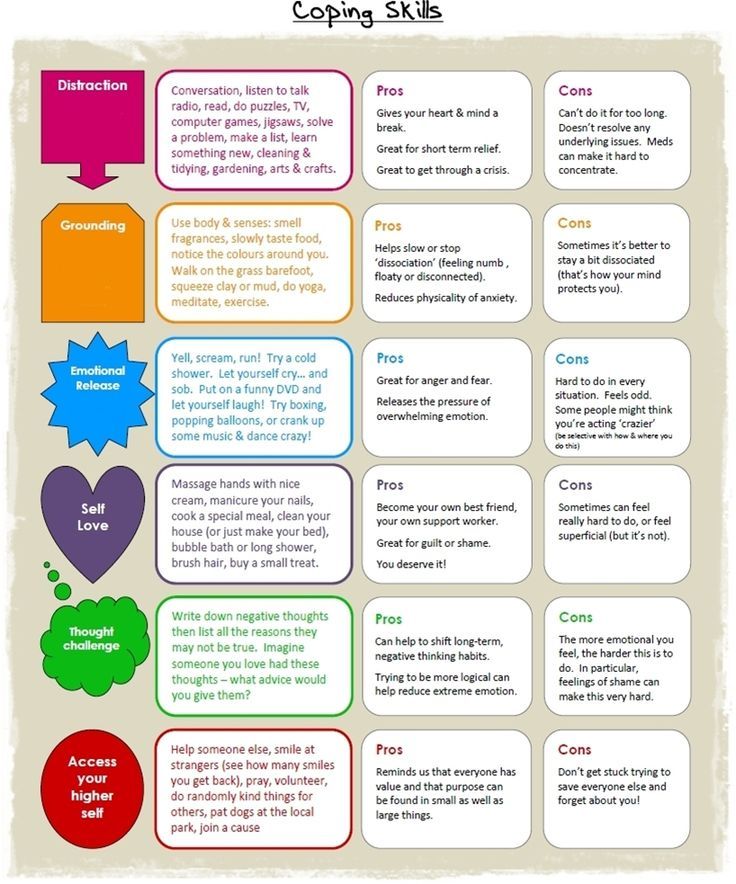 And we have already said that we observe this every day. nine0004
And we have already said that we observe this every day. nine0004
ADHD is often explained to children with a simple analogy that applies to adults as well: a person with ADHD has the power of a Ferrari engine but the brakes of a bicycle. The problem is the mismatch between engine power and braking ability. The solution is to increase the brakes.
In short, ADHD can be a unique superpower, for nothing - if you approach it wisely. Key words: "wisely". Depending on our understanding of ADHD, we may be happy or upset about how having the syndrome makes us different from others. One of the main reasons we decided to write this book is to help you or someone you love understand that you (he, she, they) are different and enjoy it. If you know who you are, it's easier to love yourself. The phrase “knowledge is power” has never been so relevant. We invite you on an exciting journey to the latest scientific discoveries in the study of this fickle syndrome. nine0004
Hyperactivity and inattention (ADHD) | Encyclopedia of Early Childhood Development
To distinguish between restlessness and attention deficit hyperactivity disorder (ADHD), we need to understand the root causes of ADHD, its development, the myths and prejudices associated with it, how to recognize it, and what are the most effective remedial measures.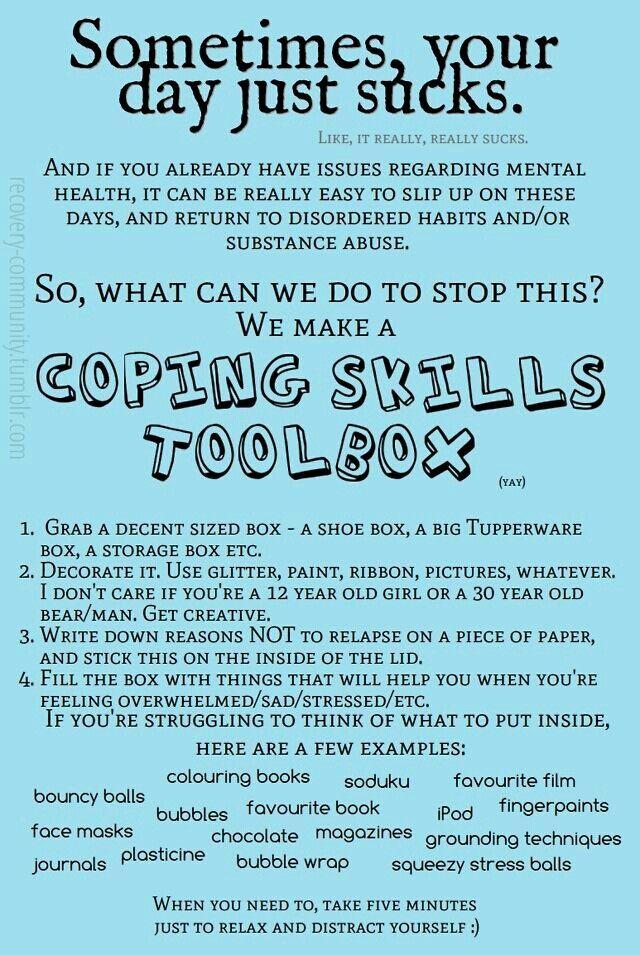
Download free PDF here or buy the paper version from our webshop (English and French only).
ShopGeneralization
Theme Editor: Russell Shakhar, MD, University of Toronto, Canada nine0004
Theme sponsored by:
How important is this?
Attention-deficit/hyperactivity disorder (ADHD) is a neuropsychiatric disorder characterized by age-related, persistent and debilitating anxiety, impulsivity, and inattention from an early age. ADHD can be divided into three subtypes based on the type of behavior that is most noticeable: 1) the attention-impaired type; 2) hyperactive-impulsive type; and 3) combined type, depending on the nature of the symptoms. This syndrome is diagnosed when the symptoms appear and cause difficulty for the child in more than one life setting, such as school, home, or away from home. By some estimates, ADHD affects between 3 and 7% of school-age children worldwide, with boys showing higher rates of ADHD than girls. ADHD typically co-occurs with other psychiatric or developmental disorders (eg, anxiety, mood disorder, learning or speech disorders, conduct disorder, and sleep disorders) in 50-66% of cases. ADHD persists into adulthood in more than half of affected children. The symptoms of ADHD and its accompanying disorders interfere with learning and appropriate behavior in school, so the percentage of children with ADHD who graduate from school is lower. As they get older, they are also more likely to experience difficulty finding employment.
ADHD can be divided into three subtypes based on the type of behavior that is most noticeable: 1) the attention-impaired type; 2) hyperactive-impulsive type; and 3) combined type, depending on the nature of the symptoms. This syndrome is diagnosed when the symptoms appear and cause difficulty for the child in more than one life setting, such as school, home, or away from home. By some estimates, ADHD affects between 3 and 7% of school-age children worldwide, with boys showing higher rates of ADHD than girls. ADHD typically co-occurs with other psychiatric or developmental disorders (eg, anxiety, mood disorder, learning or speech disorders, conduct disorder, and sleep disorders) in 50-66% of cases. ADHD persists into adulthood in more than half of affected children. The symptoms of ADHD and its accompanying disorders interfere with learning and appropriate behavior in school, so the percentage of children with ADHD who graduate from school is lower. As they get older, they are also more likely to experience difficulty finding employment.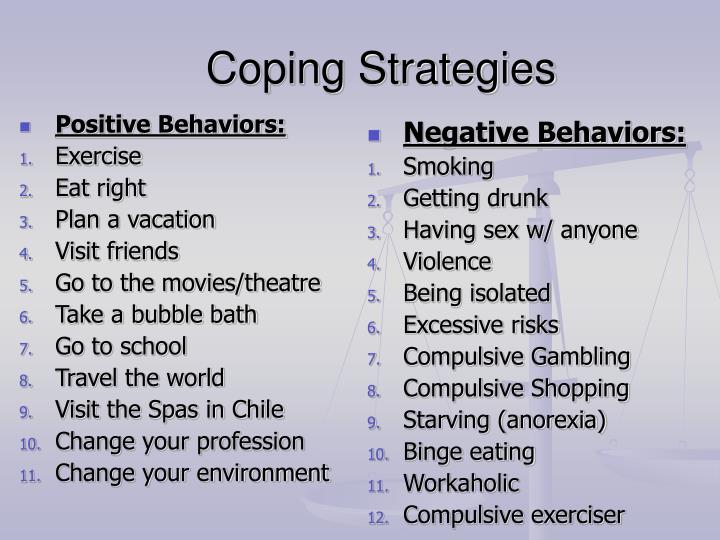 Other negative consequences associated with ADHD include interpersonal difficulties and an increased incidence of accidental injuries, car accidents, and teenage pregnancies. In general, ADHD is one of the major health problems and can lead to significant losses both in the lives of individuals and society. nine0004
Other negative consequences associated with ADHD include interpersonal difficulties and an increased incidence of accidental injuries, car accidents, and teenage pregnancies. In general, ADHD is one of the major health problems and can lead to significant losses both in the lives of individuals and society. nine0004
What do we know?
ADHD is believed to be caused by an interaction of genetic and environmental factors. Symptoms of ADHD are highly heritable (76%), but the nature of the genetic influence is still undiscovered. According to the results of published studies, genetic factors leading to ADHD are also associated with other disorders. Thus, common genetic influences were found in the case of dyslexia and symptoms of inattention, symptoms of hyperactivity-impulsivity and oppositional conduct disorders, ADHD and symptoms of autism. Moreover, genes responsible for cell division, cell adhesion, and neuronal migration have been suggested to be related to the onset of ADHD.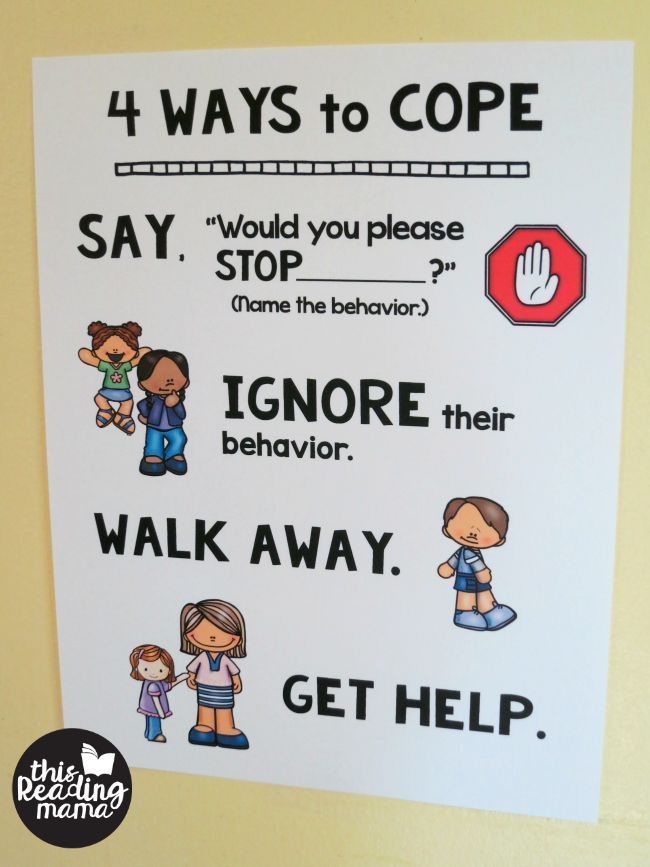 In terms of environmental risk factors, here the researchers noted the negative impact of smoking and drinking by the mother during the prenatal period, maternal depression, low birth weight of the newborn, poor parenting practices, and living in disadvantaged areas. nine0004
In terms of environmental risk factors, here the researchers noted the negative impact of smoking and drinking by the mother during the prenatal period, maternal depression, low birth weight of the newborn, poor parenting practices, and living in disadvantaged areas. nine0004
Children with ADHD experience more learning difficulties than their classmates due to neurocognitive impairment and behaviour. ADHD is often associated with deficits in executive functions (eg, planning, organization, attention to important details, and impulse inhibition). Accordingly, children diagnosed with this disorder are more likely to experience learning and/or speech difficulties. The results of neurophysiological studies suggest that ADHD is associated with atypical activity in the frontal cortex, the area of the brain responsible for cognitive processes. However, it is important to note that only a certain proportion of school-age children with ADHD (30%) have weak executive functions, which makes it possible to consider them neither as a necessary nor as a sufficient cause of the disorder.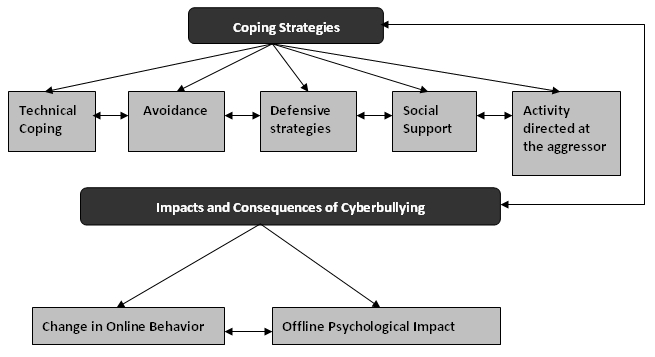 nine0004
nine0004
What can be done?
Diagnosis
ADHD is usually first detected and treated in school-aged children. However, the presence of symptoms of hyperactivity, impulsivity, and inattention during preschool years is considered a major factor in the diagnosis. Direct observation of the child suggests a diagnosis, but a child with even the most severe symptoms may be calm and attentive in an unusual setting such as a doctor's office. Therefore, the survey should focus on obtaining the entire history of the child's behavior at home, during play and at school from early childhood to the time of the survey. A routine clinical conversation (interview) provides an opportunity to discuss how parents and educators have responded to the child's difficulties and to identify strategies that have worked and those that have not worked. Examination should not be limited to symptoms of ADHD, but should also be asked about associated symptoms that may be present, such as anxiety, mood and behavioral problems, for example. Parents are not always fully aware of how stressful environments can upset a child; this is why talking directly to the child can be an important part of the examination. Comorbid disorders are an important area of treatment, and their presence can affect the effectiveness of therapy. nine0004
Parents are not always fully aware of how stressful environments can upset a child; this is why talking directly to the child can be an important part of the examination. Comorbid disorders are an important area of treatment, and their presence can affect the effectiveness of therapy. nine0004
Many clinicians recognize that the parent-teacher rating scale is useful in the diagnostic process as a way of obtaining a description of a child's behavior that can be easily compared to age norms. Some children with high levels of restlessness (restlessness), inattention and impulsivity have medical problems or developmental delays that should be identified during the examination. Children with learning difficulties may show symptoms at school and during homework because they have difficulty learning the material. Other children may show symptoms at home, which only indicates some problems in the environment of the child, social difficulties or parenting problems. In the doctor's office, it can be very difficult to determine which children have specific learning problems.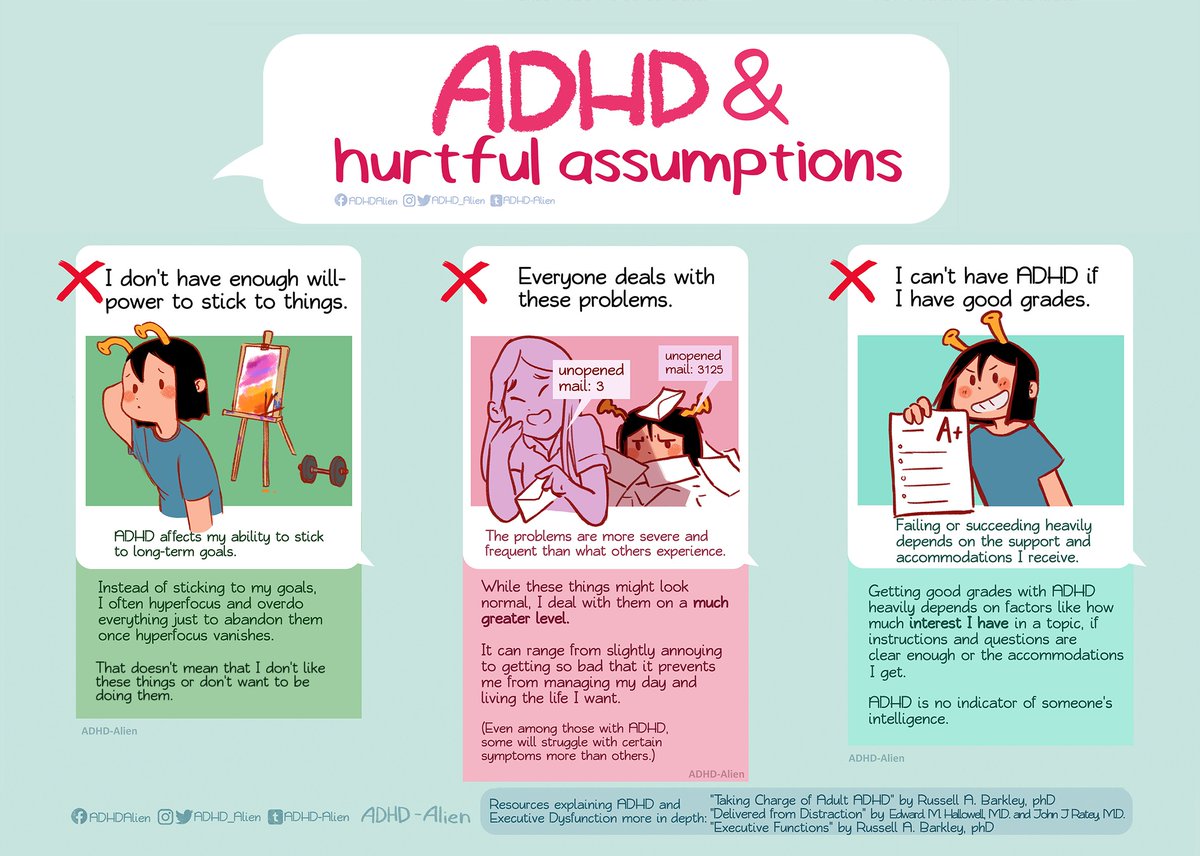 Therefore, consultation with an educational psychologist can be very helpful in getting a complete picture of a child's strengths and weaknesses. nine0004
Therefore, consultation with an educational psychologist can be very helpful in getting a complete picture of a child's strengths and weaknesses. nine0004
Corrective intervention
Stimulant medications (such as methylphenidate, Ritalin TM ) in various short-acting and long-acting forms play an important role in the treatment of ADHD. Some time ago, non-stimulant medications such as Atomoxetine became available and play an important role in the treatment. These medications can help a large number of sick people improve their attention, control impulses and reduce their level of activity. Also effective are intensive behavioral interventions that combine teaching the child self-control with teaching parenting strategies. Positive parental attention, rewards for appropriate behavior, and the negative consequences of inappropriate behavior (such as forbidding a child to play with a favorite toy) are recommended methods of behavioral intervention. Educators can also apply similar methods in their classrooms.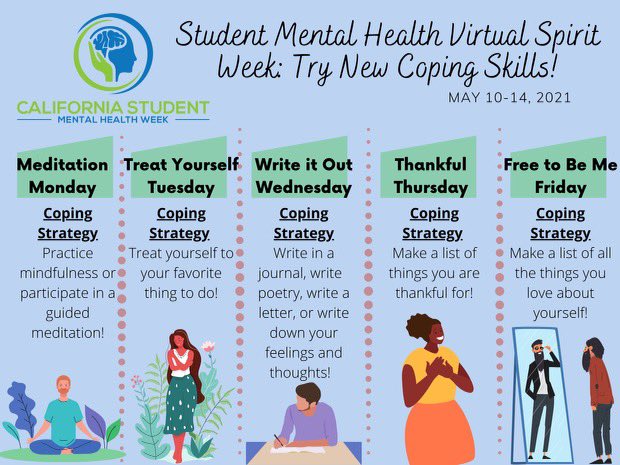 Available evidence suggests that the best corrective intervention is a combination of medication, behavioral intervention, and school-based behavioral and learning interventions. For optimal effect, these treatments must be intensive and long-term. Direct training of cognitive functions such as working memory (the ability to retain and process information in short-term memory) seems promising as a potentially effective intervention. Some children may have improved behavior when certain foods are removed from their diet, although the universality of this effect has not been proven. Brain electrical activity training can improve alertness and behavior in some children. In this regard, the main problem of such treatment is the generalization of positive dynamics and its transfer to another environment. Further research is needed to explore treatment factors (individual and context-specific) in order to increase the beneficial effects of treating children over time and in different settings.
Available evidence suggests that the best corrective intervention is a combination of medication, behavioral intervention, and school-based behavioral and learning interventions. For optimal effect, these treatments must be intensive and long-term. Direct training of cognitive functions such as working memory (the ability to retain and process information in short-term memory) seems promising as a potentially effective intervention. Some children may have improved behavior when certain foods are removed from their diet, although the universality of this effect has not been proven. Brain electrical activity training can improve alertness and behavior in some children. In this regard, the main problem of such treatment is the generalization of positive dynamics and its transfer to another environment. Further research is needed to explore treatment factors (individual and context-specific) in order to increase the beneficial effects of treating children over time and in different settings.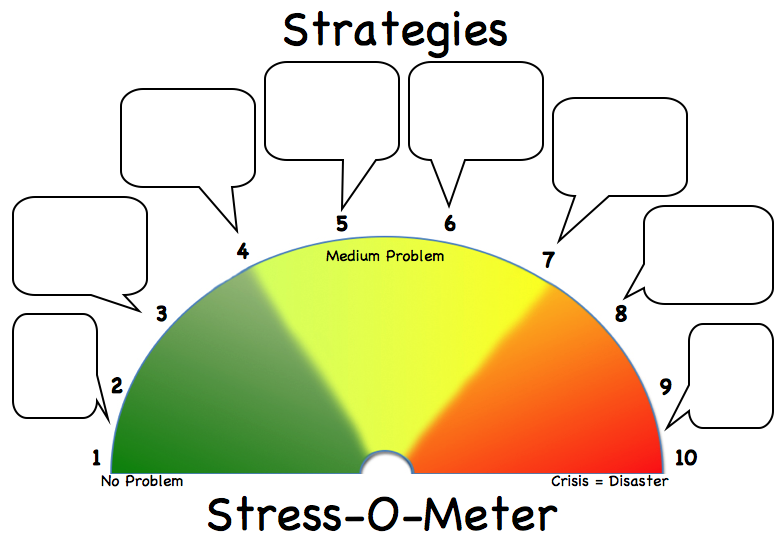 nine0004 Read more
nine0004 Read more
Additional materials
Understanding ADHD: When does normal become abnormal?
Many people claim that genuine ADHD appears in the preschool years and that the symptoms associated with it are objective, implying that any observer would come to the same conclusion. This view is often, but not always, correct.
While the right to diagnose this disorder in preschool children is left to specialists, in everyday settings parents are experts on their children. If they notice that their child is restless, inattentive, or impulsive, that he has difficulty controlling his reactions, that he needs to move, or that he has difficulty waiting his turn, then caregivers should listen. nine0004
Ideally, the specialist will work with parents to observe the child's behavior in different settings and to assess whether the problem lies elsewhere (for example, parental expectations, coping strategies, stress levels, or socio-economic situation).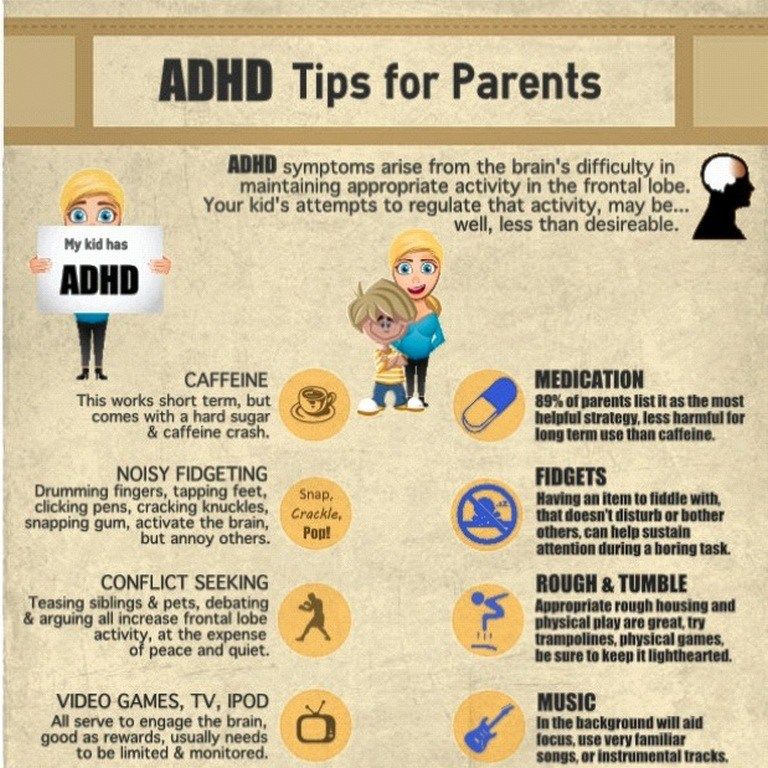
In some cases, ADHD symptoms may appear much later in development, after school entry or even later in the school years.
In all cases, the decisive factor in the diagnosis will be the deterioration of the condition - whether on a social, educational or emotional level.
Publications
Children with Attention Deficit Hyperactivity Disorder: Epidemiology, Comorbidity and Diagnosis
How to help a hyperactive child?
ADHD can affect all areas of a person's life. Children with ADHD who participate in early intervention programs tend to need less help in school, the court system, and the health care system later in life. Children with ADHD can also be improved by adding medication to educational and other interventions. The use of medications can help reduce the severity of symptoms and thus facilitate the implementation of corrective intervention. nine0004
Early intervention can help children improve:
- Self-control - how they control their emotions and behavior
- Executive functions - structuring and planning, decision making, judgment
- Social skills - making and maintaining friendships, interacting with others and be self-confident
- School performance - the ability to sit still, listen, understand and progress well in school in accordance with one's stage of development.
